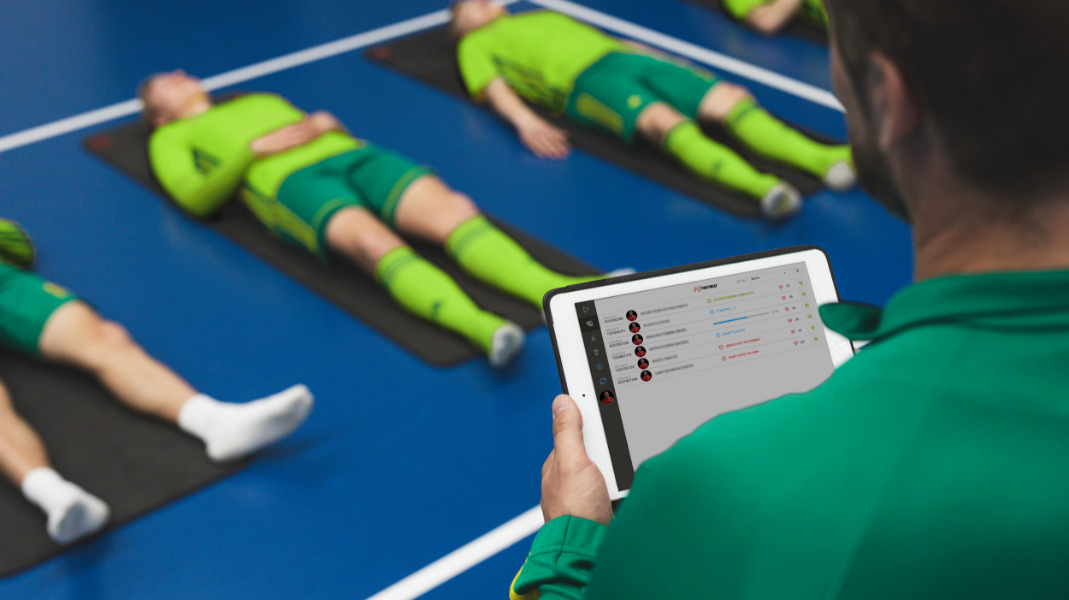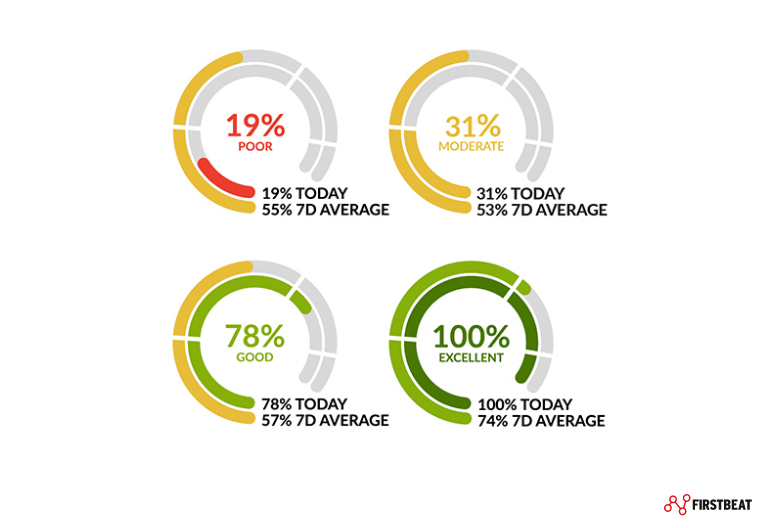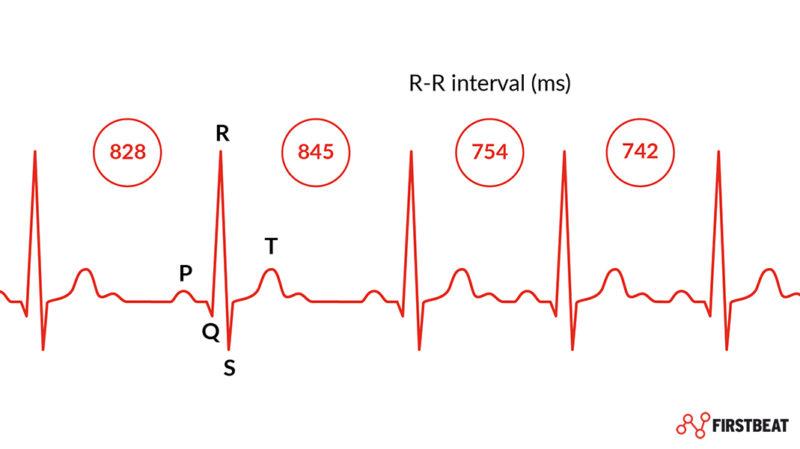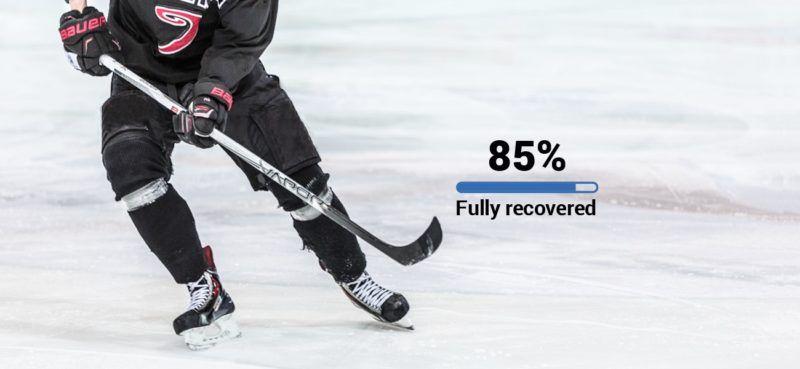
As part of sleep awareness week, March 13-19, it seems a good time to have a look at the subject and how you can utilize Firstbeat Sports to monitor your athletes’ sleep habits. We all know that sleep is an essential piece of everyday life if you want to remain fit and healthy. I am sure almost all of us have experienced at one time or another how much more difficult even menial tasks can be after a night or two of poor sleep.
Sleep plays a vital role in recovery both physiologically and psychologically. It is no coincidence that we feel good after a night of quality sleep! Good sleep is essential for the athletic population who must recover between competitions and training sessions to facilitate adaptation. There is lots of research out there that shows too little or poor sleep can negatively impact athletic performance, which is exaggerated further for sports with higher cognitive demands. It is very clear: good quality sleep is vitally important for everyone, including elite athletes, and you may want to monitor it in some way.
Indirect Sleep Measures for a Quick Checkup
The first way you can monitor sleep with Firstbeat Sports is to utilize the Quick Recovery Test (QRT) on a regular basis. This is a resting Heart Rate Variability (HRV) test and takes only three minutes. It is not a direct measurement of sleep, rather a more global measure of the current recovery and stress state of the individual. So, while the QRT does not measure sleep per se, we certainly get a good picture of how the athlete is generally, with sleep being a major component of that picture.

Easy-to-interpret scores; Color key: Green – Good recovery within 7 days. Yellow – Good recovery within 14 days. Red: Good recovery +14 days ago.
I can promise you that if you have a poor night’s sleep, your QRT score will be reduced the next morning. You could view QRT as a form of screening tool, using it to identify those who may require some more intensive intervention. If QRT scores are following the trends you would expect, then all is good. If not, your first step could be simply asking your athletes how they are doing.
There might be an obvious reason their recovery is low. Maybe they suffer sleep loss typically associated with having a young child at home. If they are not sure, you can dive a bit deeper with the Firstbeat Stress and Recovery analysis feature*.
Dive Into Sleep with Direct Measures
The Firstbeat Stress and Recovery analysis is a longer measurement usually carried out over a full 24-hour period. You can also just capture data from bedtime to waking the next morning if sleep is your primary interest for analysis.
To perform the analysis, you need the Firstbeat Bodyguard 2 device or the forthcoming Bodyguard 3. These devices use ECG-based technology to collect HRV data for the duration of the measurement. They also include accelerometer data which is used to assess when the athlete is actually asleep.
This gives you a variety of data including the duration and quality of sleep, along with a stress and recovery balance if data is collected over a full day and night. I’ll just focus on the sleep-related data for the purpose of this blog.
This analysis is extremely useful for coaches who want to see how well their athletes are sleeping. You get objective quantification of both quality and amount of sleep. On first thought, you might assume you can get exactly this data just by asking your athletes how long and how well they slept. The challenge with that approach, however, is that it can be quite difficult to separately assess the two aspects of sleep. One might easily think a long night of sleep is also a sign of good sleep. This is not always the case. For example, six hours of good quality sleep is more beneficial than eight hours of moderate to poor sleep.
Do not discount subjective ratings, though. Subjective measures can be very useful, and I would definitely recommend using them alongside the QRT as part of your daily screening. Just be aware that subjective assessments are unlikely to be sensitive enough to differentiate between lack of sleep and poor-quality sleep.
So, what does the analysis show you? It could be that poor sleep is leading to a delay in restorative sleep, which would be shown by the athlete staying in a state of stress (sympathetic nervous system dominance) after falling asleep. This could be due to many things such as evening alcohol consumption or excessive mental stimulation before bed. Seeing poor sleep visualized on our Stress and Recovery reports is powerful. It can be a catalyst for changing this behavior to promote better night-time recovery.

With the Stress and Recovery feature, athletes and coaches can observe recovery and monitor stress over a 24-hour cycle, including overnight recovery insights.
Hopefully, this overview has given you some food for thought around the subject of sleep. Perhaps it has spawned some ideas on how you could monitor sleep with your athletes, either directly or indirectly.
As always, we would love to hear your thoughts and questions. If you would like to learn more about how Firstbeat Sports can help you, please feel free to get in touch!
*Available with Firstbeat Sports Premium and Premium+
You might also be interested in

What Is Heart Rate Variability (HRV) & Why Does It Matter?
HRV from a practical perspective: what it is, what it can tell you about your body’s physiology, and what you should be aware of when interpreting it.

How Away Fixtures and Road Trips Impact Player Recovery
Recovery is crucial when facing a hectic fixture schedule. That’s why getting it right during road trips is so important.



